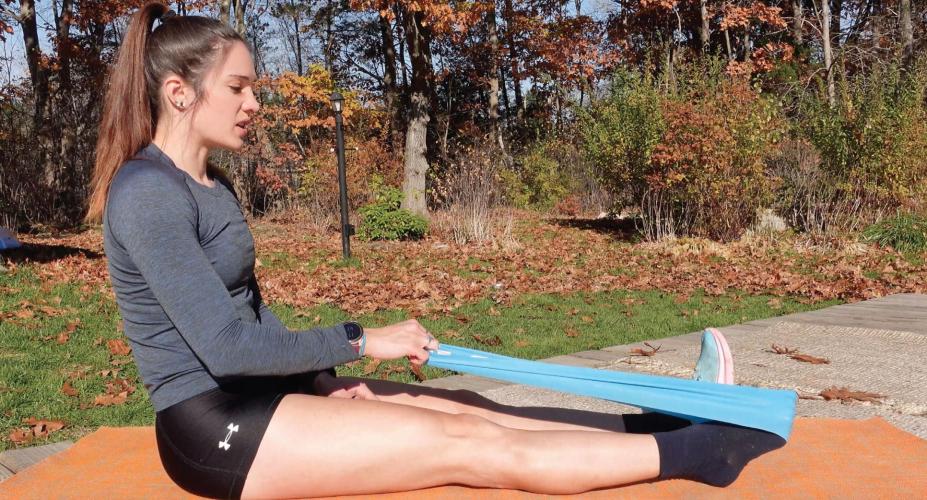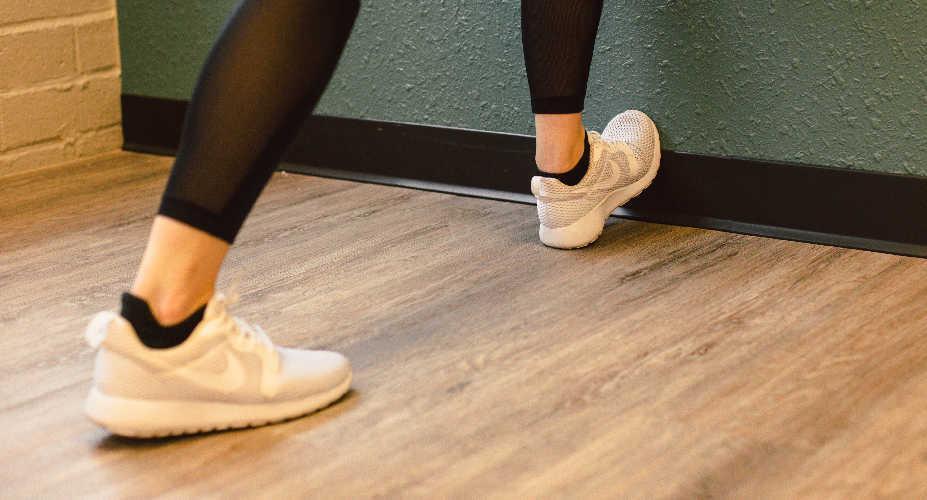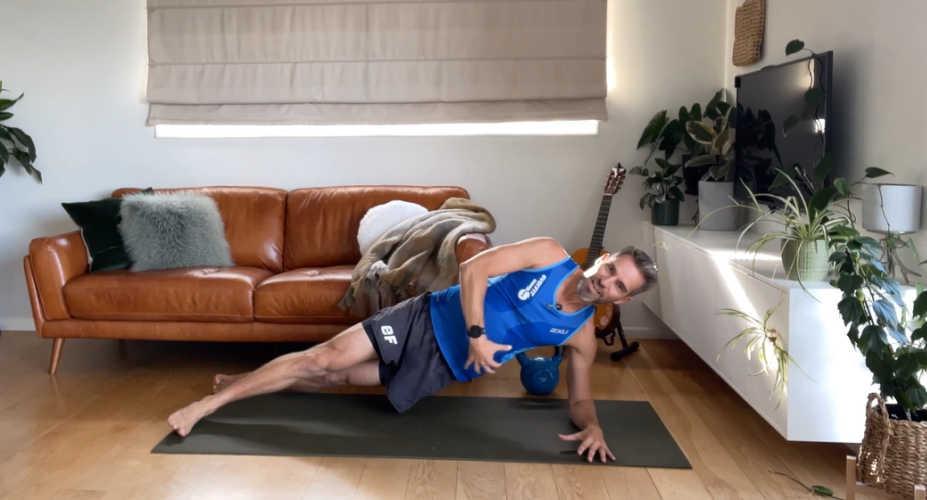
Superfeet has partnered with The Run Experience to keep you up-to-date on all things running-related. Whether you are an experienced runner or you're just getting started, you’ll find answers to questions, training tips and advice to help you get the most out of every mile.
Coach Brad here!
A few years ago, I had a real issue with my foot. I'd start running, it'd be sore. I'd run through it and then afterwards it was like I had a stone bruise in my heel. It was Plantar Fasciitis. It took me three months to rehab and get through and run pain free.
I've been a physical therapist for almost 25 years and have coached runners for almost 20 years. Plantar Fasciitis is simply the most common foot complaint that I see.
Let’s discuss Plantar Fasciitis, and more importantly, how to sort it out.
All the muscles in the lower leg are connected by fascial sheets — sheets of connective tissue under the skin — all the way to the plantar fascia at the bottom of your foot. If all the muscles in your entire leg and core region aren't working together harmoniously, effectively and efficiently, it puts extra stress on the smaller muscles in your lower leg and foot including the spring ligament, otherwise known as the plantar fascia.
If the muscles around the lower leg and foot aren't mobile, and don’t have enough strength to control through range, and you have issues with strength in your core (basically the platform for power production), then you can experience issues in the plantar fascia in your foot. And you don't want that.
There are a few things you can deal when you are dealing with Plantar Fasciitis.
Be sure you have the right gear
Make sure your shoes fit your feet well. I recommended going to a footwear store to get a professional recommendation of gear that works best for you.
Add insoles to your shoes
The actual insoles that I use in my racing shoes are Superfeet Run Support Medium Arch. I find them to be cushioned, not too bulky, and they really stabilize my heel. Whether you're trying to get over Plantar Fasciitis or prevent it the first place, the structured insole heel cup helps support the soft tissue under the heel bone preventing forces that happen through impact.
See a medical professional
If you do start to feel some symptoms, don't just ignore it and run through it — don't do what I used to do! Seek out a medical professional in your area, like a physical therapist, that specializes in this type of injury.
The best way to deal with plantar fasciitis is to prevent it in the first place. You can do that by following the guidelines about gear above, and mixing in stretching, strengthening and core control exercises.
Stretches for Plantar Fasciitis
Two simple stretches to really help loosen and unlock some of that musculature and fascia around the lower leg are both calf stretches — Gastroc and Soleus.
Plantar Fasciitis Calf Stretch: Gastroc
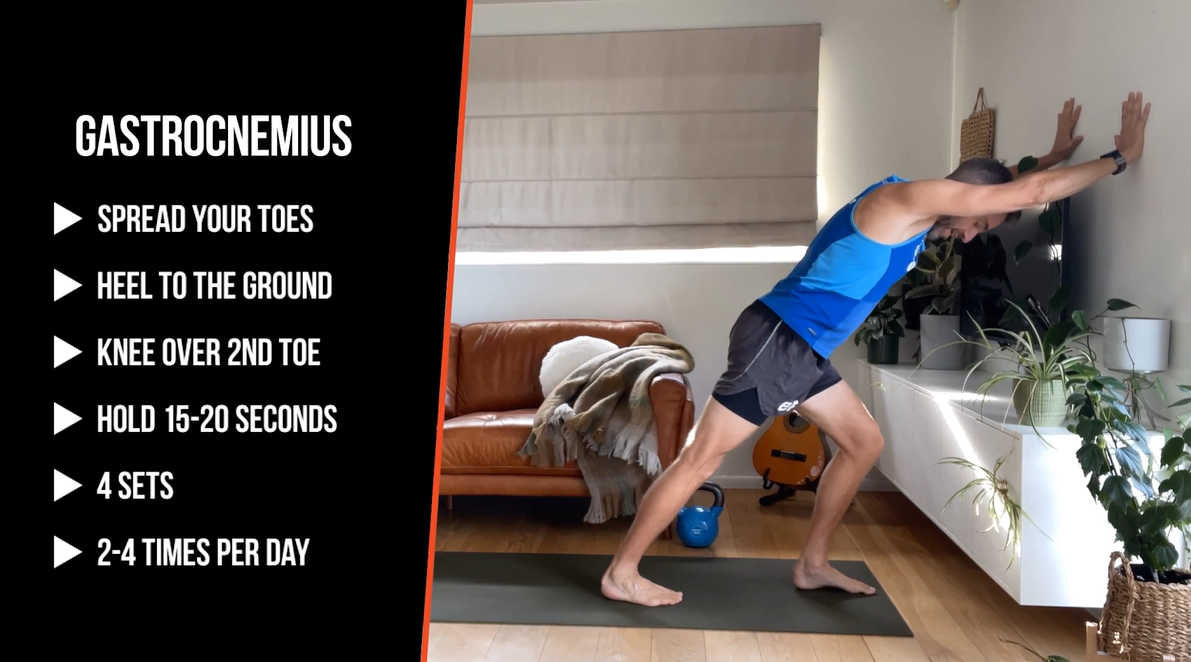

Make sure you spread your toes first, heel to the ground, knee tracking over that second top. Then hold that stretch for between 15 and 20 seconds, times four, two to four times a day.
Plantar Fasciitis Calf Stretch: Soleus
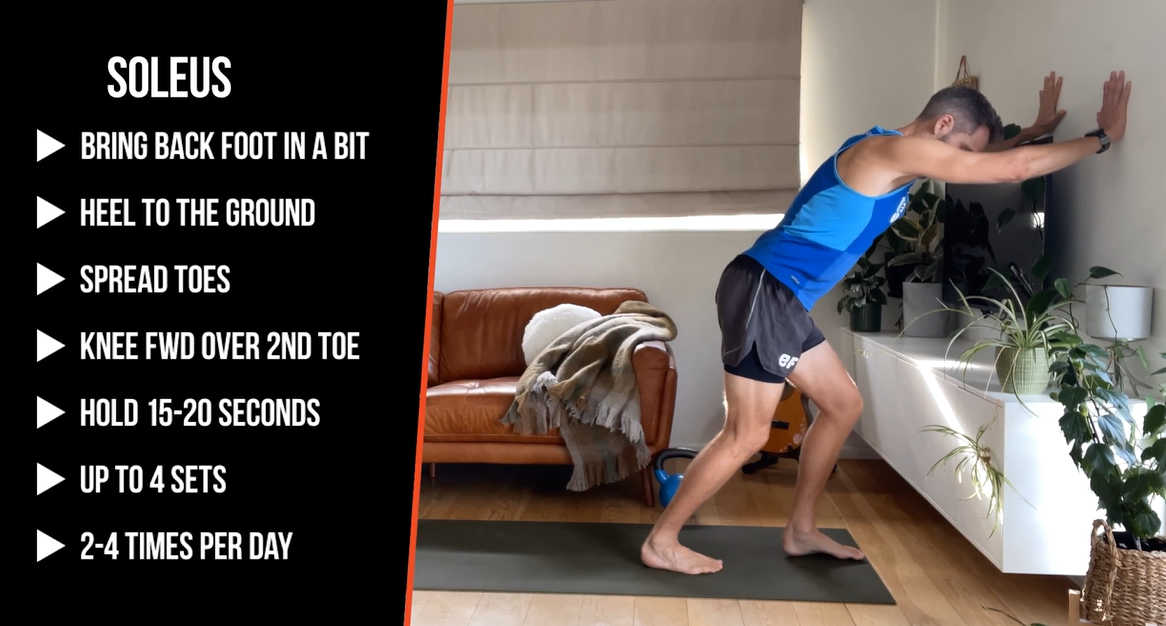

Bring the foot in just a little bit, keep the heel on the ground. Again, spread the toes and move that knee forward over the second toe and hold for 15 to 20 seconds, up to four times, two to four times a day.
Strengthening Exercises for Plantar Fasciitis
Plantar Fasciitis Strengthening Exercise: Single Leg Dead Lift
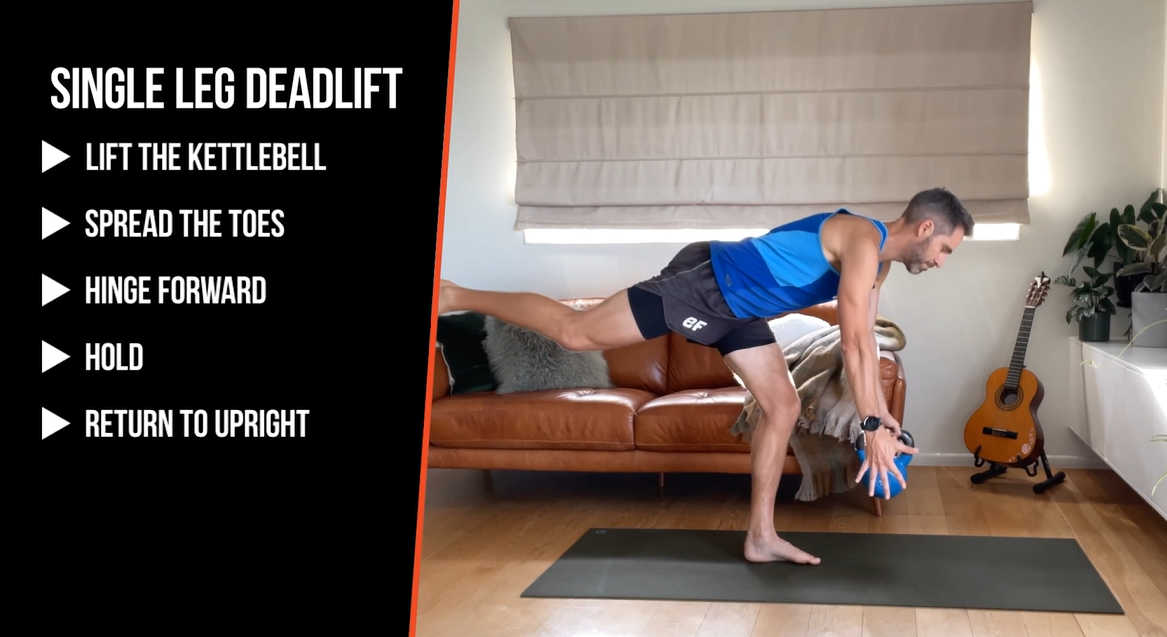

For strength work, try a single leg dead lift. This really helps with control through range — mobility of the glute complex and the hip. With the single leg deadlift start by lifting the kettlebell, at your weight, within your capacity on the same side as your stance leg, spread the toes and then just come forward and then back up again. So hinge forward, hold and then come back. This really helps with control through that hip range, gets the glute activated, the core firing. That's going to help offload the plantar fascia.
Core Stability Exercises for Plantar Fasciitis
Plantar Fasciitis Core Stability Exercise: Front Plank
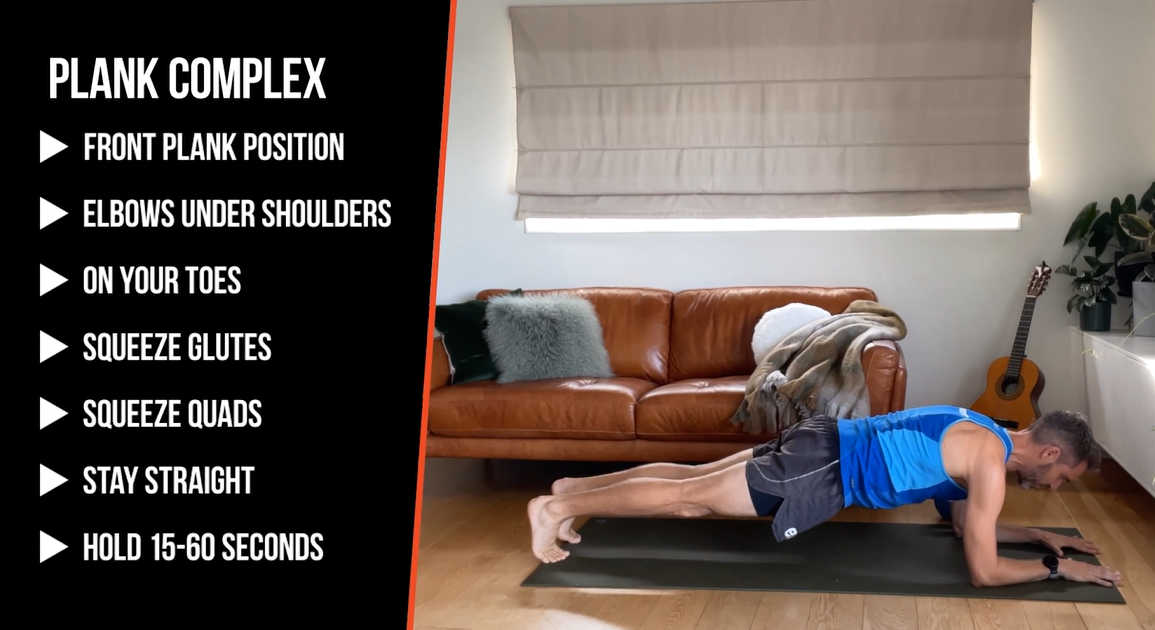

What better way to work on core stability than a plank complex?
Start off in a front plank position. So make sure your elbows are underneath your shoulders, toes, and then just make sure that you're squeezing your glutes and your quads. You are nice and straight, and maybe hold that anywhere between 50 and 60 seconds.
Plantar Fasciitis Core Stability Exercise: Side Plank
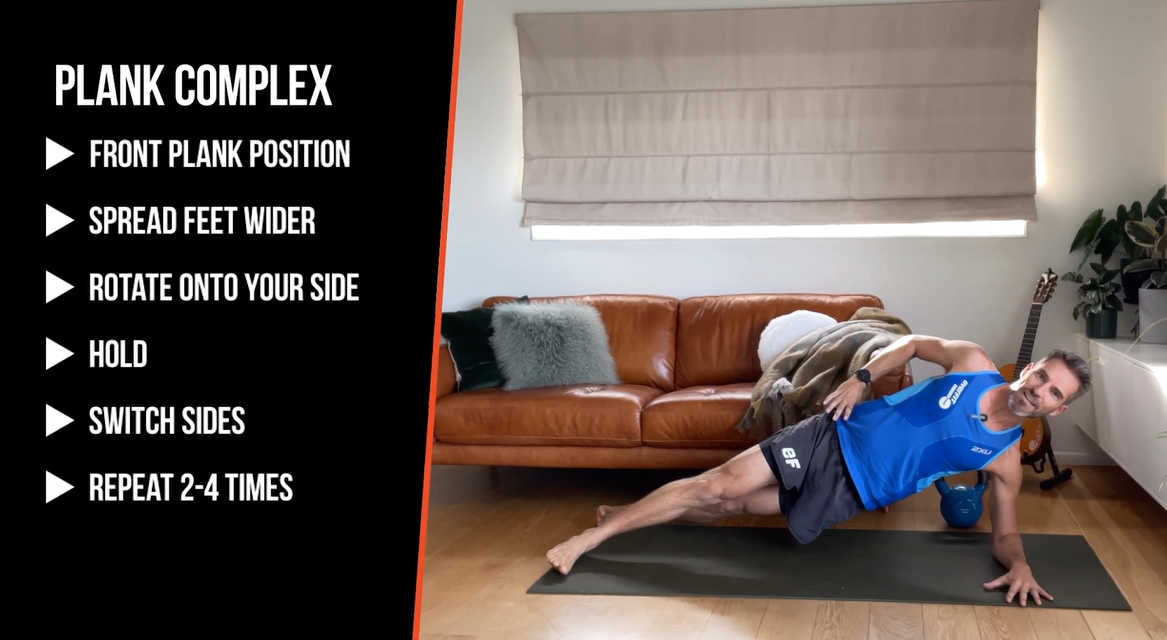

Then after you've done that, you can then spread the feet a little bit wider and just rotate around so you can go onto your side and then hold that. And then you can go to the other side and repeat. So you can maybe go through that two to four times. It's a great way to work on stability, isometric strength control around the hips and core, which again helps offload the plantar fascia and stops problems occurring in the first place.
So remember, you can positively affect your plantar fascia function with good stretching in the leg, especially the muscles in the lower leg, the gastroc and the soleus, strength, control, great mobility through the hip and then core stability. When you get all those three working together, you can help the plantar fascia work correctly and prevent injury.
Don't sell your performance short. Work on leg, muscle strength and flexibility, match that with core stability to ensure your plantar fascia doesn't flare up and become an issue.







